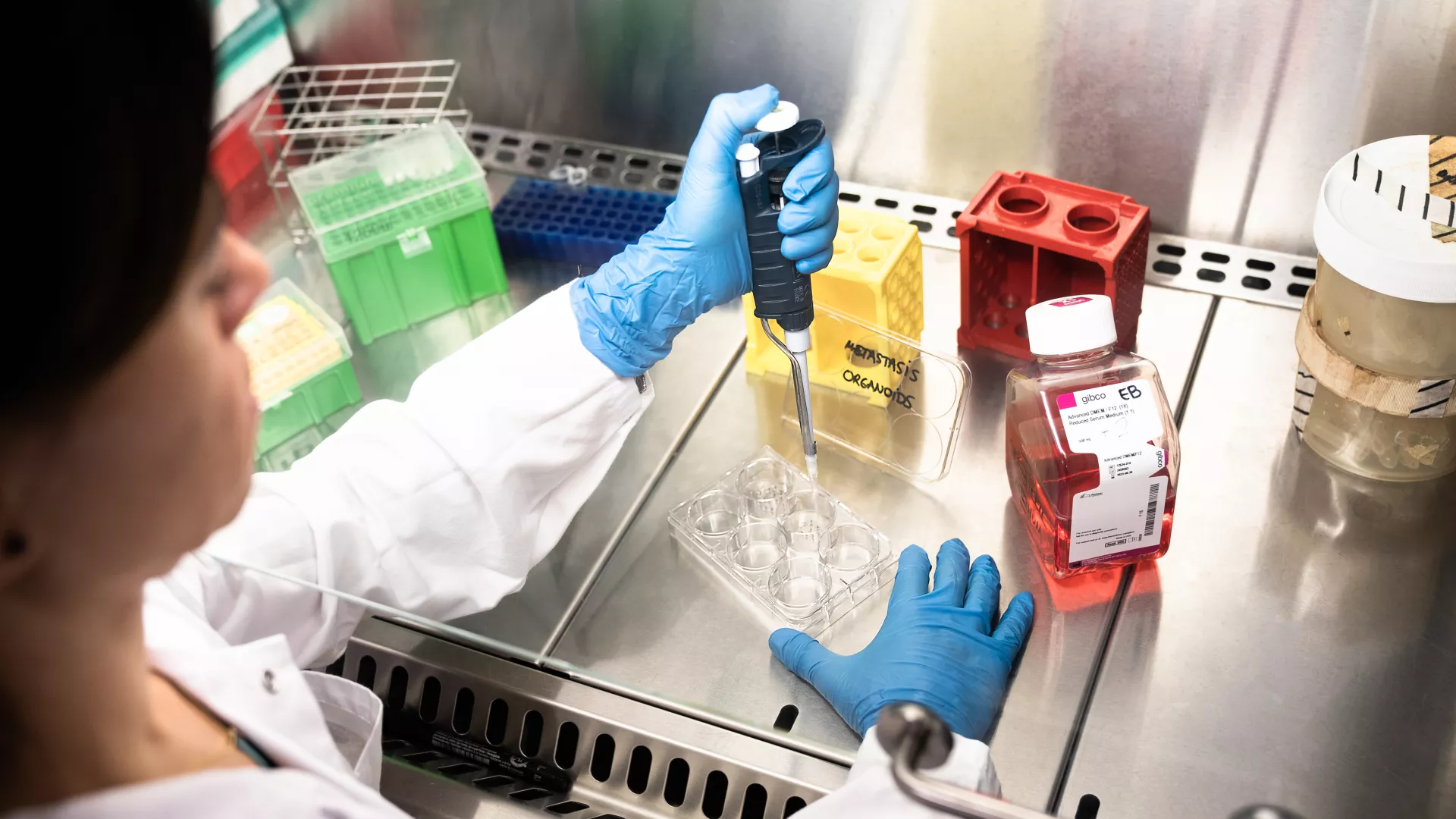Images
- Researchers at IRB Barcelona and the UPF unravel peroxiredoxinylation, a type of post-translational modification.
- Mediated by the enzyme Tsa1, this mechanism safeguards the function of key proteins under stress conditions.
- Published in Cell Reports, the finding paves the way for studies in a variety of organisms and complex cellular processes.
Oxidative stress is one of the greatest challenges faced by cells. It occurs when levels of reactive oxygen species (ROS), such as hydrogen peroxide (H₂O₂), rise sharply, damaging various cellular components and threatening cell survival. To counteract this, cells rely on antioxidant enzymes, with peroxiredoxins playing a key role.
A study undertaken by IRB Barcelona and the Universidad Pompeu Fabra (UPF) and led by Dr. Francesc Posas and Dr. Eulàlia de Nadal describes “peroxiredoxinylation”, a mechanism whose full extent had not been previously appreciated and that enables proteins to perform their functions under stress conditions.
Published in the journal Cell Reports, the work focused on the yeast Saccharomyces cerevisiae, a model widely used in molecular biology research and on the peroxiredoxin Tsa1, which, in addition to its role as an antioxidant, acts as a “chaperone” and is involved in several redox signalling pathways.
“This study shows that peroxiredoxins form a true protective barrier by stabilising crucial proteins precisely when the cell needs them most,” says Dr. Francesc Posas.
The role of peroxiredoxinylation
Using mass spectrometry techniques, the 'interactome' of Tsa1 was identified, revealing its interaction with proteins sensitive to its redox state. The results highlighted a set of key proteins involved in diverse processes such as translation, metabolism, and carbohydrate processing.
Beyond physical interaction, Tsa1 forms a covalent bond with its target proteins in a post-translational modification known as 'peroxiredoxinylation'. In this study, the authors demonstrate the effectiveness of this modification by analysing Gnd1, a key metabolic enzyme. “This linkage protects proteins when conditions become highly unfavourable,” explains Dr. Gerhard Seisenbacher, first author of the study.
“These findings pave the way for new ways to study the role of peroxiredoxinylation in other processes sensitive to oxidative stress, not only in yeast but also in more complex cellular systems,” concludes Dr. De Nadal
Related article:
Redox proteomics reveal a role for peroxiredoxinylation in stress protection
Gerhard Seisenbacher, Zrinka Raguz Nakic, Eva Borràs, Eduard Sabidó, Uwe Sauer, Eulalia de Nadal, Francesc Posas
Cell Reports (2024) DOI: 10.1016/j.celrep.2024.115224
About IRB Barcelona
The Institute for Research in Biomedicine (IRB Barcelona) pursues a society free of disease. To this end, it conducts multidisciplinary research of excellence to cure cancer and other diseases linked to ageing. It establishes technology transfer agreements with the pharmaceutical industry and major hospitals to bring research results closer to society, and organises a range of science outreach activities to engage the public in an open dialogue. IRB Barcelona is an international centre that hosts 400 researchers and more than 30 nationalities. Recognised as a Severo Ochoa Centre of Excellence since 2011, IRB Barcelona is a CERCA centre and member of the Barcelona Institute of Science and Technology (BIST).









